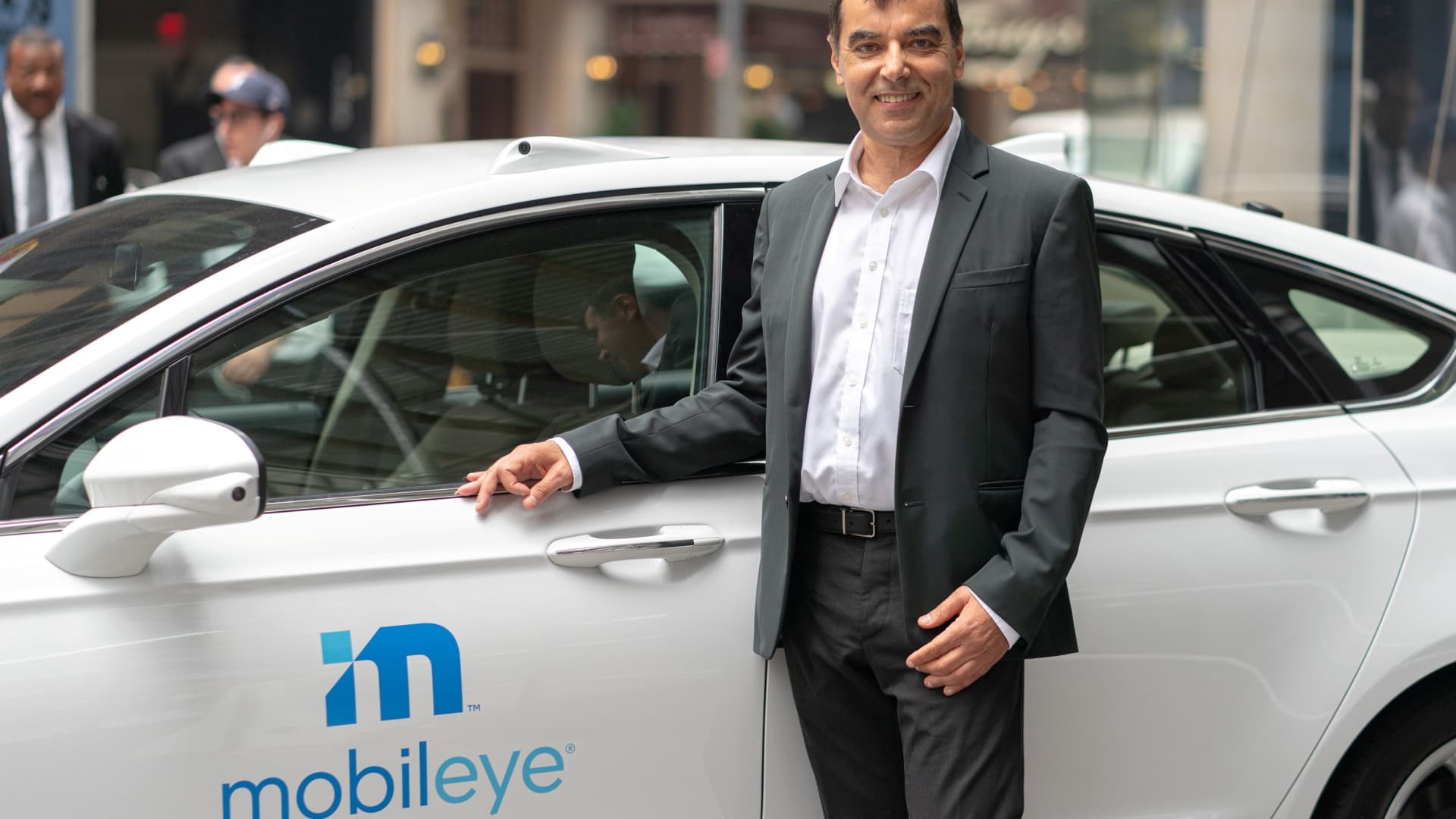2003 was precisely the right year for founding Tesla and the development of modern EVs.
Actually if the government had just let capitalism take it's course and not subsidies big oil we would have had EVs 30 years ago or more because fuel prices would have rocketed up and people would not have be able to afford fueling an ICE.
Fuel prices would've been more expensive without big oil subsidies but we would not have had good EVs until the 21st century. Inflation-adjusted oil prices today are nearly double what they were 30 years ago, yet a billion people are still driving ICE. Had the subsidies been removed in the 90s we probably still would've had all ICE until recently. Also, prices were extremely high from 1974-1986 and 2007-2014, yet everyone was still driving ICE.
An ICE-competitive EV experience relies on several technologies that weren't available 30 years ago, especially:
- High performance microelectronics for the battery management systems, inverters, and various sensors
- Lithium ion batteries
See, nothing in science has changed. Chemistry did not suddenly switch properties and poof batteries suddenly could happen. What happened is someone (one of those evil capitalist /s) finally spent the money to setup a battery form for mass production. That process could have started in the 70's or 80's. If I recall correctly serious lithium research started in the 70's.
Although the laws of physics appear to be consistent across all of spacetime, it took humanity a very long time to discover and codify those laws, and even after that it's not like we can just jump straight from Maxwell's equations to 4680s and Plaid motors. Engineering is hard and it takes time.
Research into batteries began over 200 years ago--a century before oil became a practical energy source for transport. Battery research has been tightly coupled to fundamental research in electrochemistry since the beginning.
Still, the basic research into ion intercalation didn't happen until the 1960s. The invention of a practical lithium ion battery design literally required
Nobel prize-winning work by multiple researchers starting 40 years ago with chemist Dr. M. Stanley Whittingham developing the first lithium ion cell (which was a lab prototype design that was complete garbage for several reasons), and more recently, decades of major contributions by the almighty Dr. Jeff Dahn. As with all significant advances in modern technology, Li-ion batteries started with fundamental research mainly in universities with capitalist commercialization coming after the tech matured enough for market viability.
GM had a road map for mass producing batteries (not lithium) and a factory in 2000.
The "not lithium" portion of this was a fatal flaw and they rightfully cancelled that project. Mass production of Ni-Cad batteries or whatever else they had planned would have been a spectacular example of optimizing something that shouldn't even exist.
History of the lithium-ion battery
History of oil prices
History of electrochemistry




